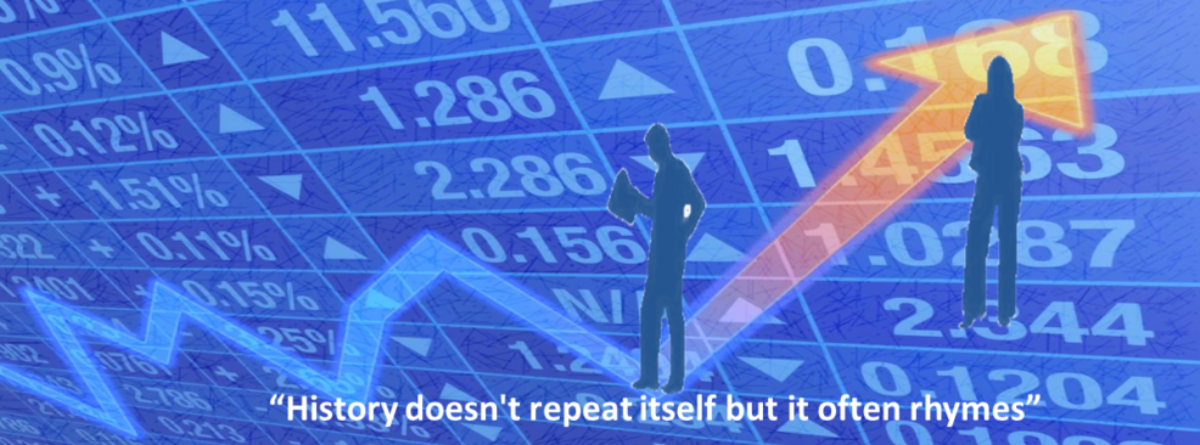Market briefing, May 7th, 2020
Is the S&P 500 index out of whack with the economic reality? You can bet on it. Yes, the index has a big chunk of tech firms that continue to do well (26%). Yes, there is optimism with regard to relaxation of the lockdowns. Despite these positives, the vast majority of US firms hit the doldrums. As the audible warning on the London underground says, we should indeed “Mind the gap” between the irrational rallies of the S&P 500 and the plunge in the economic output.
In the US, total non-farm payroll employment fell by 20.5 million in April, and the unemployment rate rose to 14.7 percent according to the U.S. Bureau of Labor Statistics‘s report. This is the highest rate in the history of the series since 1948. Likewise, the labor force participation rate decreased to 60.2 percent, the lowest observed rate since 1973. The US employment fell sharply in all major industry sectors, with particularly heavy job losses in leisure and hospitality.
Lessons from the Great Depression
Despite these grim employment data, the stock market remains somewhat exuberant. Some small investors feed frenzy by investing in stocks, believing in the ‘V-shaped recovery’ narrative. FOMO (fear of missing out) has a new meaning when people are forced to stay in. Nowadays it means the fear of missing out on making quick gains in the stock market. However, we find flaws in this logic. Mark Twain once said “History does not repeat itself but it often rhymes”. The extent of the impact of the coronavirus pandemic is often compared with the Great Depression era. What followed the stock market crash of October 1929 may have some implications for today. The chart below shows that there were also intermittent stock rallies between 1929 and 1933. Despite these temporary monthly gains for investors, the underlying downward trend reflected the dramatic economic downturn of the Great Depression era.

2020 Q2 GDP estimates are revised down
Federal Reserve Bank of Atlanta‘s GDPNow forecasting model provides a “nowcast” of the official estimate prior to its release by estimating GDP growth. US ‘GDP now’ estimates from May 8th are indicating a -34.9 percent drop for the current quarter. Our own base GDP estimate for 2020 Q2, was -25.6%. We had predicted a -11 percent GDP drop if the whole stimulus package could reach its spending target in 2020 Q2. This is rather a heroic assumption. Therefore, the second quarter may mark a worse reading. GDPNow current estimate is closer to our worst case scenario.
S&P 500 is overvalued
Our model based on fundamental economic indicators suggests that the S&P 500 index should fall rather than rally in May. Our corporate earnings forecasts are pessimistic. Based on the forecast company profits, we find the S&P 500 index overvalued, almost in the bubble territory. The P/E ratios are close to the heights of the dotcom bubble. The stock market is not just made of Amazon and Netflix. The health sector aside, the consumer-oriented industries and services, banking and energy sectors are expected to take the brunt of the current crisis.


